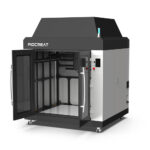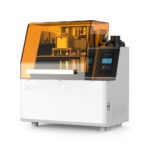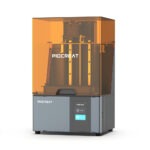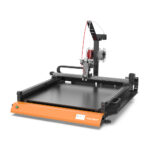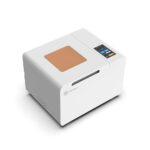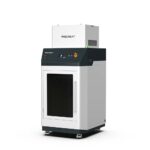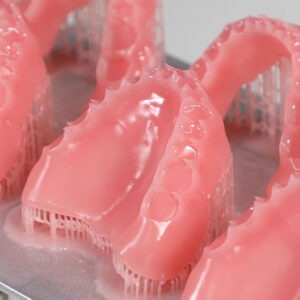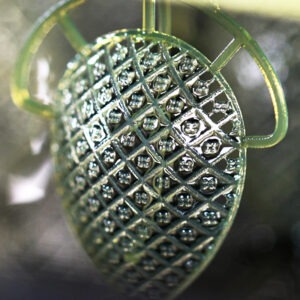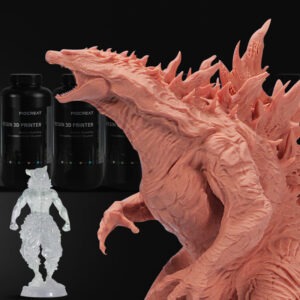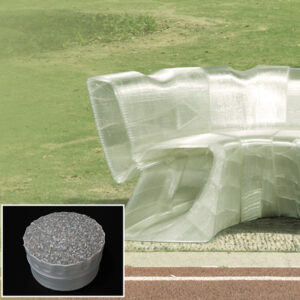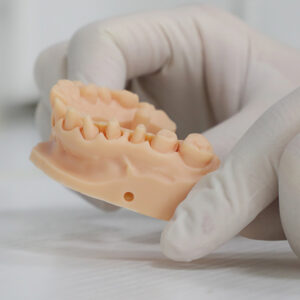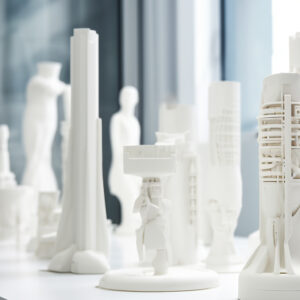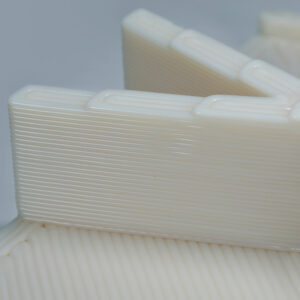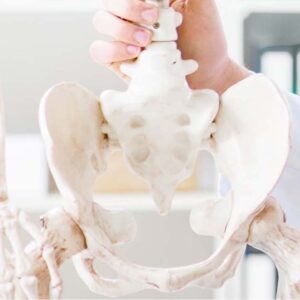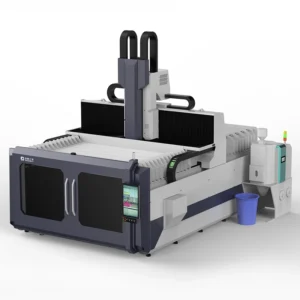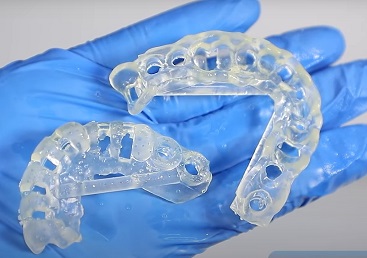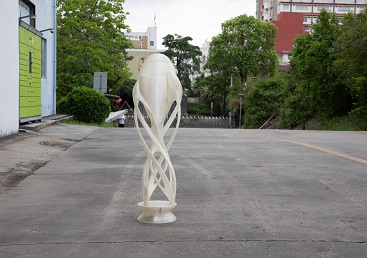Table of Contents
The world of dentistry has seen a significant transformation in recent years with the advent of 3D printing technology. Dental professionals now have the ability to produce intricate and precise dental models, crowns, bridges, and other prosthetic devices with remarkable accuracy and efficiency. Two popular 3D printing technologies for dental applications are DLP (Digital Light Processing) and SLA (Stereolithography). In this article, we will explore how these two technologies work, compare their key attributes, and ultimately answer the question: For dental 3D printing, is DLP or SLA better?
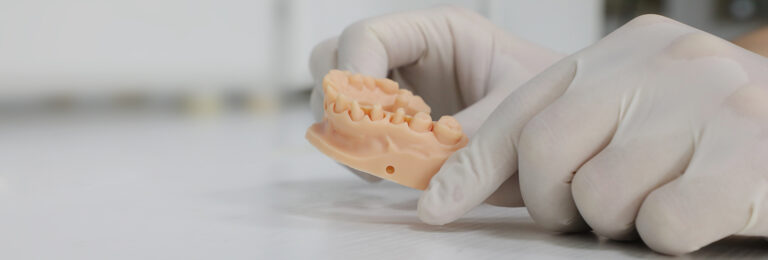
Introduction
Dental 3D printing has revolutionized the field by offering a more streamlined and precise way to create dental prosthetics. Traditional methods were labor-intensive and often led to inconsistencies. With 3D printing, dentists can now design and fabricate dental models and prosthetics with unparalleled precision, saving time and improving patient outcomes.
To choose the right 3D printing technology for dental applications, it’s crucial to understand how DLP and SLA work, their differences, and their respective advantages and disadvantages.
How Do DLP Resin 3D Printers Work?
DLP 3D printers utilize a digital light projector to cure liquid photopolymer resin layer by layer. The process starts with a vat of liquid resin, and an image of the entire layer is projected onto the resin surface. This image is often a single layer of the 3D model. The light exposure cures the resin, solidifying it. After each layer is cured, the build platform moves down, and the process repeats until the entire object is printed.
How Do SLA Resin 3D Printers Work?
SLA 3D printers also work by curing photopolymer resin layer by layer. However, instead of a digital light projector, SLA printers use a laser to trace the cross-section of the object onto the liquid resin. Wherever the laser hits, the resin solidifies. The build platform then lowers, and the laser continues to trace and cure subsequent layers until the entire object is complete.
What is the Difference Between SLA and DLP?
SLA vs. DLP: Technology Comparison
Both SLA and DLP are resin-based 3D printing technologies that offer high precision. However, the key difference lies in how they project light or laser onto the resin. DLP projects an entire layer at once, while SLA traces each layer with a laser. This means that DLP is generally faster.
SLA vs. DLP: Material Comparison
Both technologies use photopolymer resin, which can be specifically formulated for dental applications. The choice of resin can impact factors like strength, clarity, and biocompatibility. Dental professionals need to consider the material properties when selecting a 3D printing technology.
SLA vs. DLP: Product Applications Comparison
DLP and SLA are versatile and can produce a wide range of dental products, including crowns, bridges, surgical guides, and models. The choice often depends on the specific requirements of the dental application.
SLA vs. DLP: Print Volume Comparison
DLP printers generally offer larger build volumes compared to SLA printers, which can be advantageous for dental labs that require the production of multiple dental prosthetics simultaneously.
SLA vs. DLP: Surface Finish Comparison
Both technologies can achieve a high level of detail and surface finish. However, some argue that DLP may have a slight edge in terms of smoothness and surface quality due to its rapid layer curing.
SLA vs. DLP: Cost Comparison
The cost of 3D printers and materials can vary widely between DLP and SLA. DLP printers are often more affordable upfront, but resin costs may be higher. SLA printers may have a higher initial investment but potentially lower material costs.
6 Reasons to Use DLP Instead of SLA for Dental Applications
Now that we have compared the two technologies, let’s focus on why DLP might be the preferred choice for dental applications:
1. Higher Detail Resolution
DLP technology typically offers higher resolution and finer details in dental prints. This is crucial for creating intricate dental models and prosthetics.
2. Higher Accuracy
The precision of DLP printers ensures that dental prosthetics fit perfectly, reducing the need for adjustments or remakes.
3. Faster 3D Printing Technology
DLP’s ability to cure entire layers at once results in faster print times, allowing dental labs to increase their productivity.
4. Cheaper Supports
DLP’s layer-by-layer approach often requires fewer supports than SLA, reducing material waste and post-processing time.
5. Reliability
DLP printers are known for their reliability and ease of use, making them suitable for dental professionals who may not have extensive 3D printing expertise.
6. Purchase Price
DLP printers tend to have a lower upfront cost, making them an attractive option for dental labs looking to adopt 3D printing technology.
PioCreat DLP Dental 3D Printer
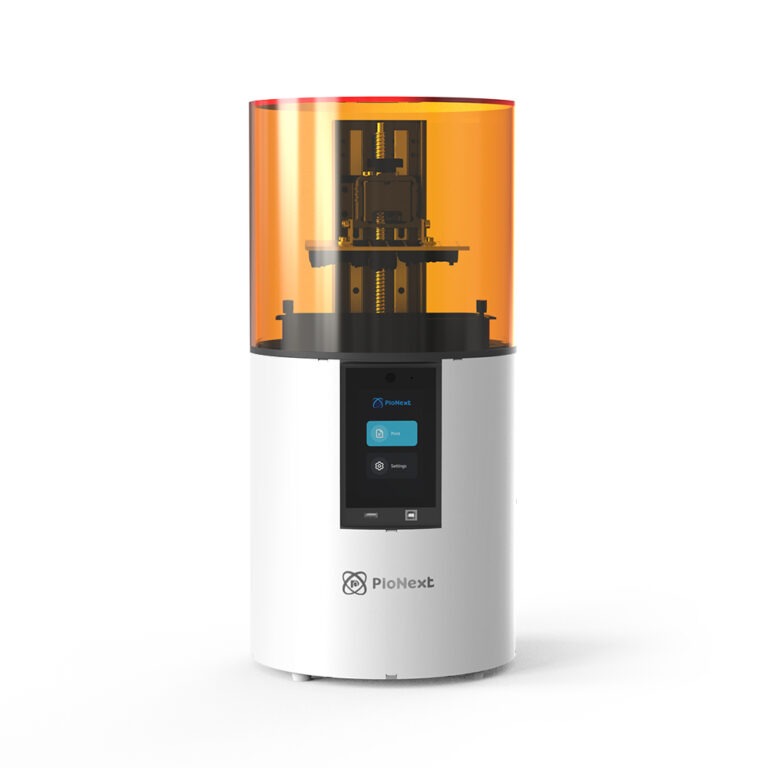
D158 DLP Dental 3D Printer
The PioCreat D158 DLP 3D printer is tailored for dental applications and offers high-speed release film. It incorporates a stable z-axis structure that minimizes the need for excessive layers, resulting in smoother surface models. Utilizing Texas Instruments’ digital micromirror technology, its light engine ensures exceptional light uniformity, reaching up to 95%.
Furthermore, this printer boasts an automatic cover-opening feature post-printing to enhance convenience and keep hands clean. It effectively fulfills printing needs across various domains, including dentistry, jewelry design, prototyping, and more.
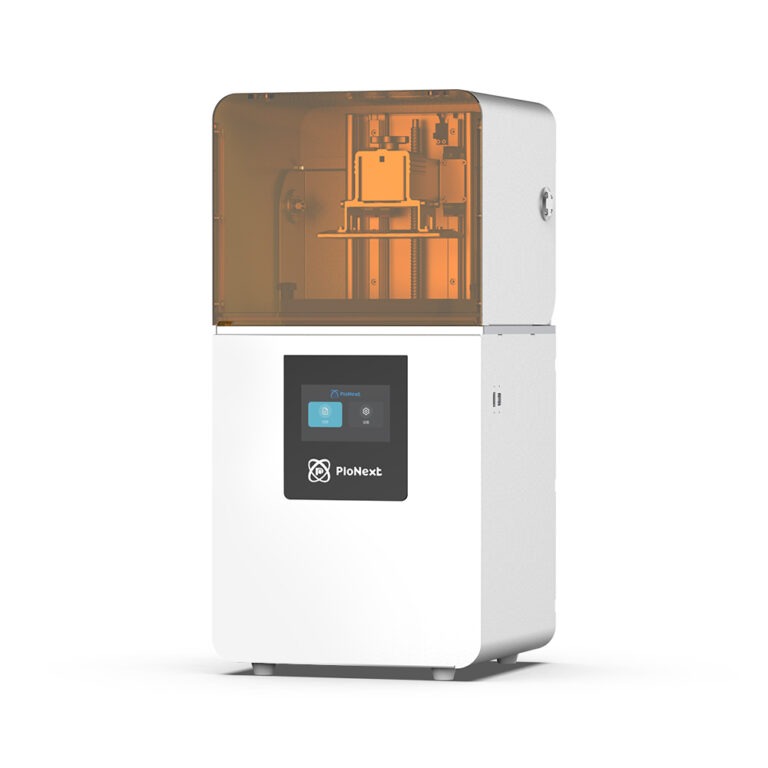
D150 DLP Dental 3D printer
The PioCreat D150 DLP 3D printer, equipped with an innovative high-power DLP projection light engine that ensures high-definition projection quality. This printer features a stable z-axis structure design, minimizing the need for excessive layers and resulting in impeccably smooth surface models. The light engine delivers outstanding light uniformity, reaching up to 90%.
The D150 also comes with a built-in automatic air purification system, enhancing the overall printing environment. It boasts a rapid print speed ranging from 60 to 80mm/h and offers user-friendly control through its 5″ full-color touch screen interface. With a print size of 144×81×100mm and adjustable light intensity ranging from 6000 to 20000uw/cm2, this printer is versatile and adaptable.
The D150 excels in efficiently accomplishing high-quality printing tasks while minimizing the laminated structure on models. It is tailored to meet the diverse printing requirements of industries including dental, jewelry, prototyping, and more.
High-Power DLP Projection Light Engine: The D150 boasts a newly developed high-power DLP projection light engine, ensuring high-definition projection that captures even the minutest details of dental models. This advancement not only enhances precision but also contributes to the overall efficiency of the printing process.
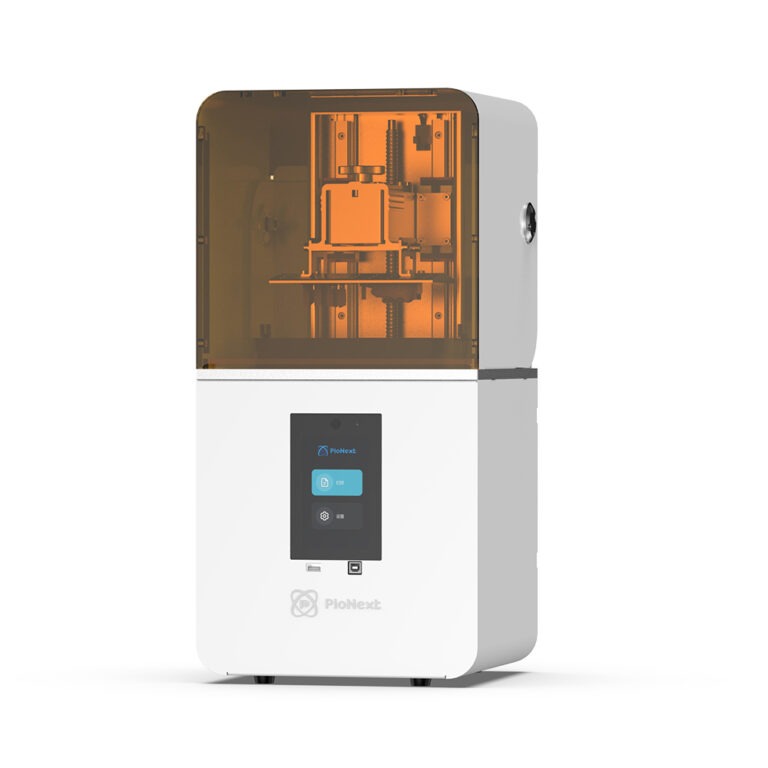
D160 DLP Dental 3D printer
The PioCreat D160 DLP 3D printer, designed to cater to various printing needs with precision and efficiency. This advanced printer boasts a stable z-axis structure, optimizing the printing process by reducing the number of layers required, resulting in exceptionally smooth surface models.
Utilizing Texas Instrument digital micromirror technology, the Pionext D160 offers high-speed performance and precise printing capabilities. Its light engine ensures remarkable light uniformity of up to 95%, guaranteeing consistent and high-quality prints. This printer is well-equipped to meet the diverse printing requirements of industries such as dental, jewelry, prototyping, and more.
Conclusion
In the world of dental 3D printing, both DLP and SLA technologies have their merits. The choice ultimately depends on the specific needs of the dental practice or lab. While SLA offers excellent precision and versatility, DLP stands out for its higher detail resolution, accuracy, speed, and cost-efficiency.
Dental professionals should carefully consider their requirements and budget before making a decision. Whichever technology they choose, it’s clear that 3D printing has become an indispensable tool in modern dentistry, enabling the creation of custom-made, high-quality dental prosthetics that improve patient outcomes and streamline the workflow of dental professionals.
